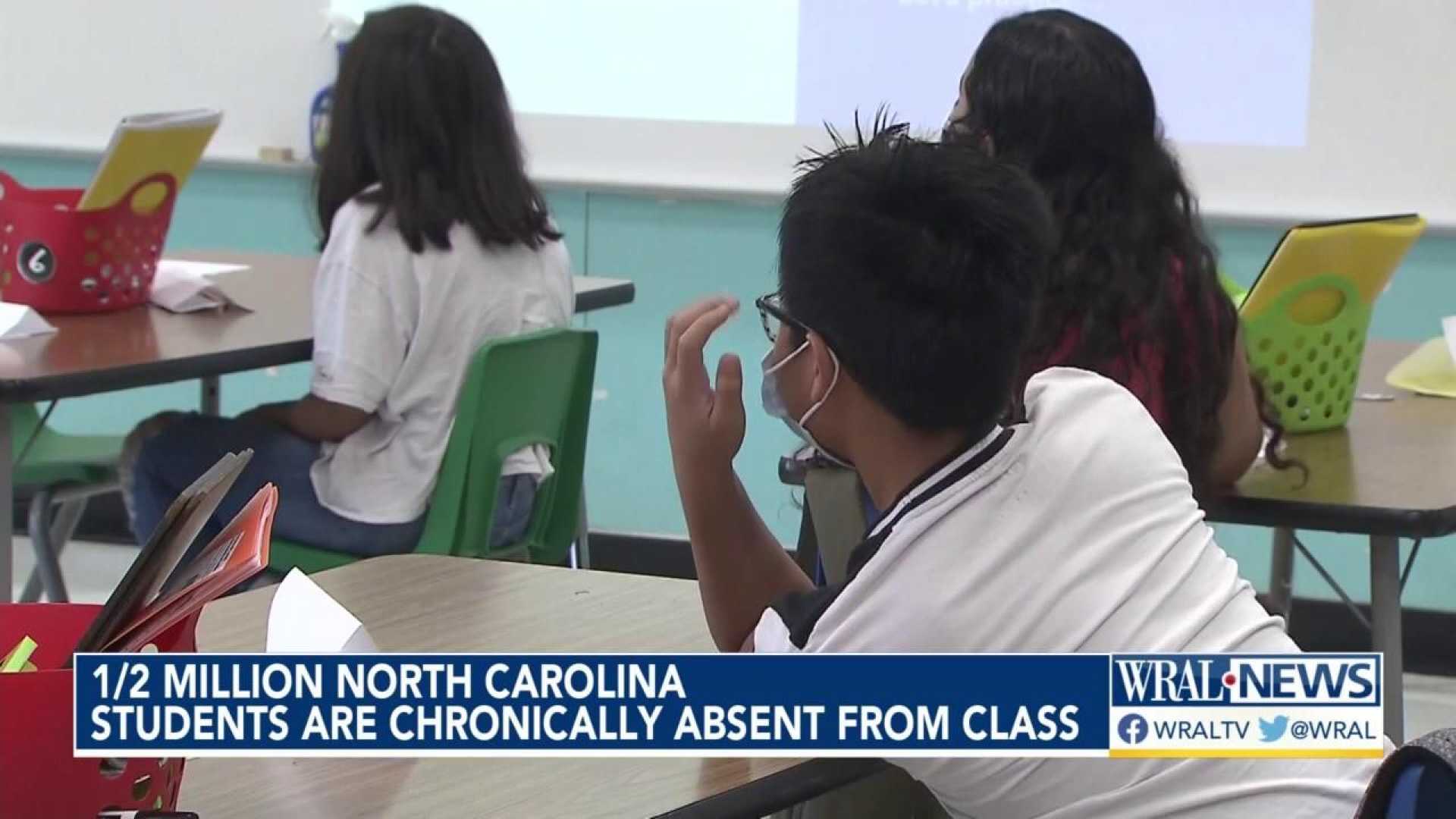Education
North Carolina Tackles Chronic Absenteeism Among High-Performing Students

Craven County, North Carolina — As the school year approaches, a newly formed work group is addressing a surprising trend: more high-performing students are chronic absentee. This issue has come to light as the state grapples with overall rising absenteeism rates.
Despite a slight nationwide decline in chronic absenteeism of 1–2 percentage points, the North Carolina data indicates that absenteeism is improving less than expected. Dr. Wendy Miller, former superintendent of Craven County Schools, emphasized the need for support structures through social workers and accountability for families, stating, “We’re humans, we’re people, we’re not numbers.”
The issue of chronic absenteeism is significant across various school districts, particularly in Craven County, where approximately one in five students was considered chronically absent during the 2022-2023 school year. Some parents have taken to social media to raise concerns about school communication on absentee issues, highlighting challenges in getting timely responses from schools.
Michael Maher, Chief Accountability Officer for the North Carolina Department of Public Instruction (NCDPI), noted, “While North Carolina showed some improvement before the pandemic, the situation deteriorated afterward.” This prompted the formation of a work group in Fall 2024 aimed at halving the chronic absenteeism rate over the next five years.
The work group has identified that both high and low-performing students are missing school, with absentee rates becoming uniformly distributed across performance levels. They also differentiated between persistent absenteeism, where a student regularly misses days, and acute absenteeism, where absences occur in clusters, often due to specific circumstances like injuries.
Maher advocates for proactive engagement with families rather than punitive measures. “Referring students to juvenile justice isn’t positive; we should make initial contacts with parents to check in and encourage attendance,” he said. According to state guidelines, a student is considered chronically absent if they miss more than 10 percent of school days, which translates to 18 days in a standard 180-day school year.
School officials warn this absenteeism impacts academic performance and graduation rates. In response, the NCDPI plans to develop a dashboard to identify high-performing schools and share best practices with other districts. New data for the 2024-2025 school year will be released soon, promising further insights into this complex issue.












